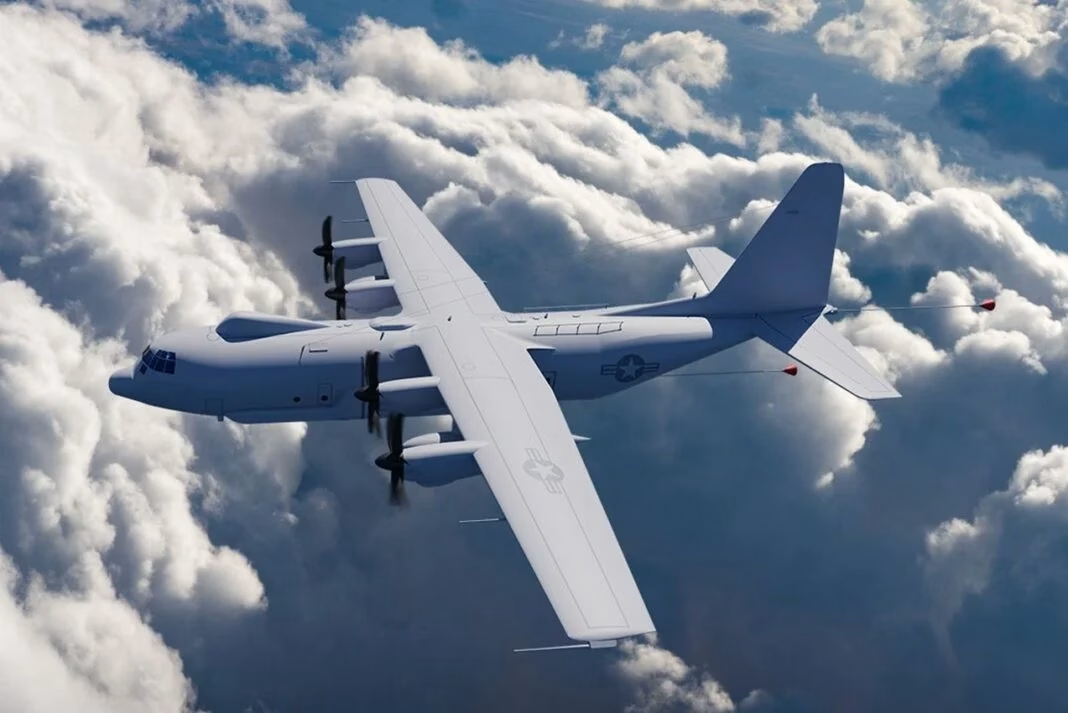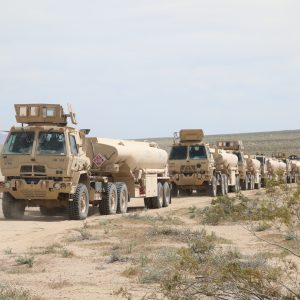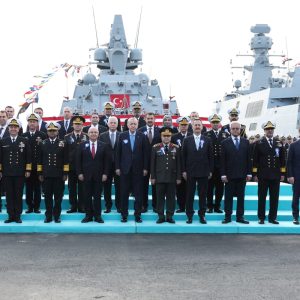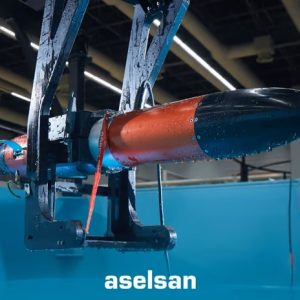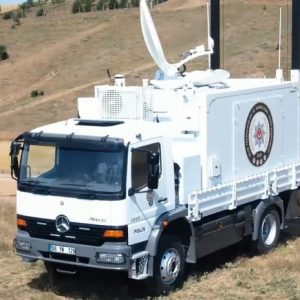E-130J Phoenix II Revives TACAMO’s Strategic Role
The E-130J Phoenix II TACAMO aircraft has been officially named by the U.S. Navy, signaling a major step in modernizing America’s airborne nuclear command and control capabilities. Announced by the Airborne Strategic Command, Control and Communications Program Office (PMA-271) and Strategic Communications Wing 1 (SCW-1), this designation reconnects the mission to its C-130 heritage while integrating next-generation survivability and communications systems.
TACAMO—short for “Take Charge and Move Out”—ensures secure, survivable communication with ballistic missile submarines and the ability to transmit nuclear launch orders even while submerged. The E-130J Phoenix II TACAMO aircraft continues this vital mission, often described as one of the pillars of the U.S. nuclear deterrence posture.
Heritage and Symbolism
The “Phoenix II” name captures the spirit of resilience, renewal, and mission continuity. Between 1963 and 1993, TACAMO duties were flown on the EC-130Q. Since then, the E-6B Mercury has carried the mission. Now, the E-130J platform returns TACAMO operations to the C-130 airframe, delivering proven flight performance and modern NC3 technology.
Capt. Roger Davis, PMA-271 program manager, underscored the symbolism:
“A phoenix is known for its resilience, exceptionally long lifespan, and its ability to transform and continue its purpose. The dedicated team at PMA-271 have committed to the ideals of TACAMO’s critical deterrence mission when executing this new platform; transforming the legacy mission aircraft into a new weapon system with unmatched survivability and longevity for this country.”
Operators and Mission
The E-130J Phoenix II will be operated by SCW-1 squadrons at Tinker Air Force Base, Oklahoma, including:
- Fleet Air Reconnaissance Squadron (VQ) 3 “Ironmen”
- VQ-4 “Shadows”
- VQ-7 “Roughnecks”
SCW-1 is responsible for receiving, verifying, and retransmitting Emergency Action Messages (EAMs) to U.S. strategic forces. This ensures the nuclear chain of command stays intact under any conditions.
Capt. Britt Windeler, SCW-1 commander, emphasized the heritage and forward-looking vision:
“Phoenix II is especially apt, as we are returning to our roots of executing the TACAMO mission on a C-130 variant.”
Enhancements Over the E-6B Mercury
While the E-6B combined TACAMO with airborne command post duties, the E-130J Phoenix II TACAMO aircraft focuses on modern survivability, extended operational endurance, and adaptability. Its short-field performance, global deployability, and lower maintenance requirements make it well-suited for high-readiness strategic missions.
By returning to the C-130 platform, the Navy improves fleet resilience and ensures TACAMO readiness for decades ahead.
For more details on U.S. Navy strategic communications aircraft, visit Naval Air Systems Command.
Internal Link: Read our analysis of U.S. nuclear command and control modernization.
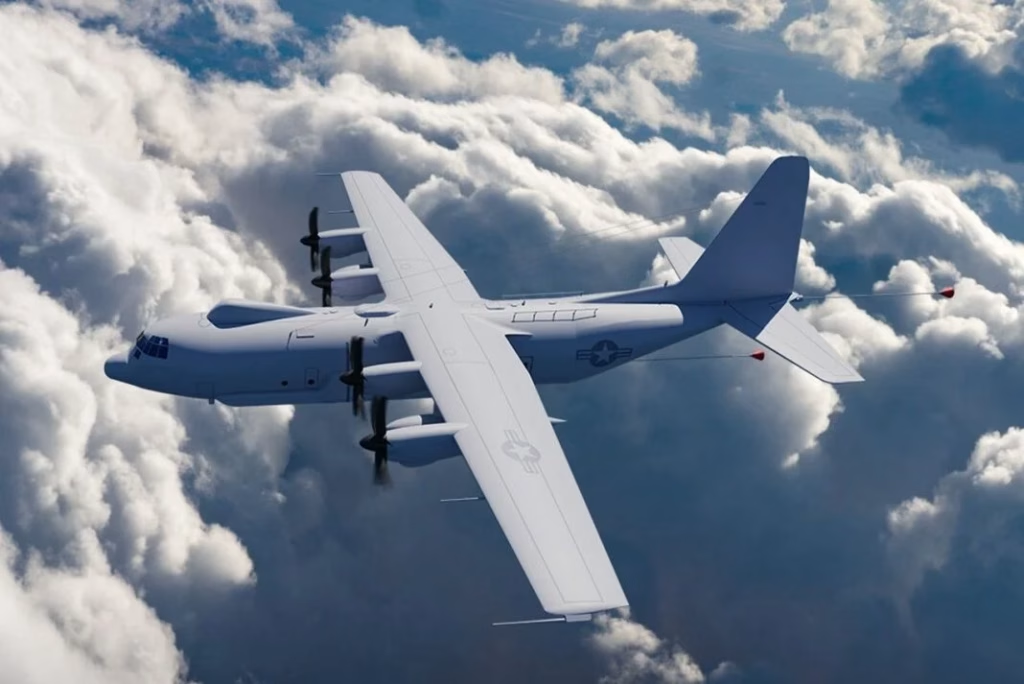
Conclusion
The E-130J Phoenix II represents more than just a new airframe—it is a symbol of mission continuity, resilience, and modernization. By combining the heritage of the EC-130Q with advanced NC3 capabilities, the platform is positioned to safeguard U.S. strategic communications for decades. As geopolitical competition intensifies, the Phoenix II ensures that the nation’s most critical deterrence mission remains airborne, survivable, and unbroken.

